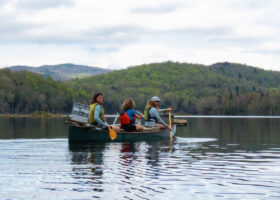
Two Biologists and Every Loon in Vermont: the Power of Community Science
Loon surveying for VCE’s Loon Conservation Project is a time-consuming task, between all of the paddling and what seems like an hour-long drive minimum to get anywhere on Vermont back roads. All of that monitoring is managed by just two loon biologists…and hundreds of volunteers.
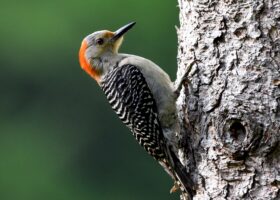
How eBird Vermont Checks Your Observations
Unlike iNaturalist, where photos or audio are required to reach “Research Grade” validation, eBird does not require physical evidence of most sightings. So how do we know that people saw what they say they saw?
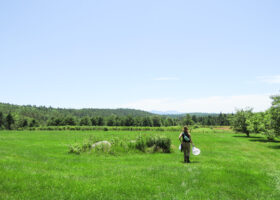
Field Guide to July 2025
Summer is the season to discover unsung (and often unseen) wildlife—like the wild bees, moths, and beetles who play vital roles in the ecosystem. Dive into July’s field guide to learn more about these animals and uncover the buzz, hum, and scuttle of summer.
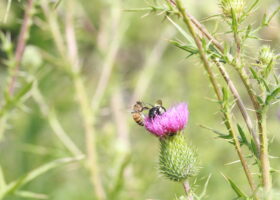
Are Honey Bees Good?
As a wild bee biologist for VCE, I’ve spent the better part of the last five years studying, counting, and watching native bees, which are often overlooked in favor of their domesticated cousins.
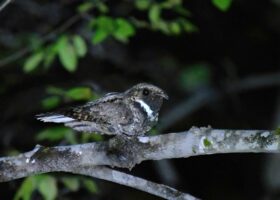
In the Silence of Whip-poor-wills
I’m neither bored nor disappointed on zero-count nights. I relish the chance to pay close attention outside at night, and to do so as part of a community ritual.
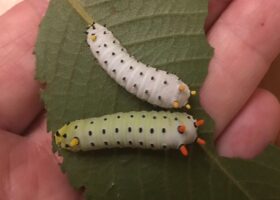
New Study Shows Native Cherry Trees Better Support Native Moths
Native plants are great and all, but what if all they have at the garden center is a closely related, non-native species imported from Asia or Europe? A new paper by VCE biologist Desirée Narango has the answer.
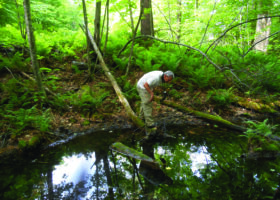
A Bittersweet Goodbye to Steve Faccio
While intrigued by research questions and inspired by fieldwork, Steve’s focus has never wavered from applying his findings to guide conservation.
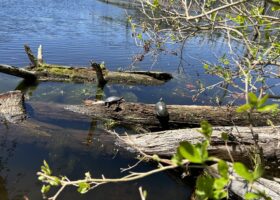
Observing Protected Species: How We Hide Their Location Data
For species under poaching pressure, like many reptiles and amphibians (due to collection for the pet trade), sharing exact locations could be catastrophic. That’s why location data is automatically obscured for threatened and endangered species.
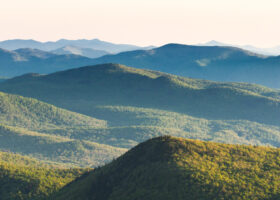
Field Guide to June 2025
With nice weather finally (finally?) upon us, many are turning their attention to outdoor adventure. While out exploring, may come across these early summer sights: montane birds at the trailhead or White Bog Orchids in a marsh or bog. Or wildlife may come to you, with a colony of house bats and their pups! This June’s guide gives you insight into their behaviors and life history.
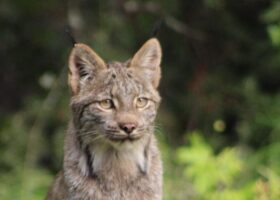
Proposed Rule Threatens to Narrow Endangered Species Protections
For more than 50 years, the Endangered Species Act has been considered “our nation’s most effective law to protect species from extinction.” However, a proposed rule throws the future of this law’s protections into question.
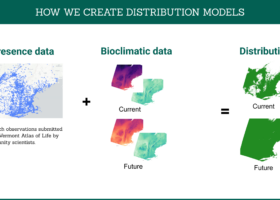
How We’re Taking Species Mapping to the Next Level
Using Species Distribution Models based on observations submitted to the Vermont Atlas of Life by community scientists, in combination with environmental data collected by satellites, can help land stewards create habitat conservation and restoration plans.
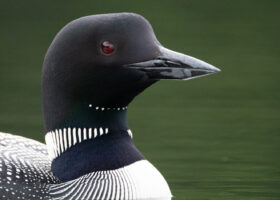
How Avian Influenza Might Be Affecting Loons
The iconic Common Loons may not be as vulnerable to bird flu as some species, but cases are emerging. Learn how researchers are monitoring this evolving threat and how you can help protect loons.
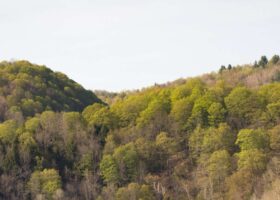
Field Guide to May 2025
This month is filled with natural delights. Bees buzzing around flowering trees, lively Blackpoll Warblers in backyards, and bud burst await. Grab your binoculars and take a neighborhood walk — here are the sounds and sights of May.
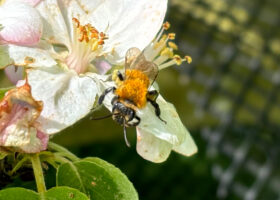
Know Your Five Apple Pollinators
With more than 350 species of wild bees in Vermont, it’s daunting to understand them all. So let’s start with…
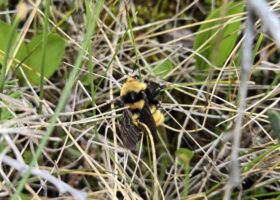
Does No Mow May Invite Invasives and Ticks to Your Yard?
The term “No Mow May” seems to imply that helping our pollinators is as simple as that: not mowing. But there are drawbacks.
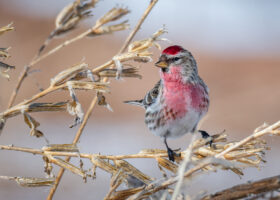
New Names for Some Vermont Birds: a Primer on Taxonomy
Each year, experts on the American Ornithological Society (AOS) North American Classification Committee carefully review proposals to split and lump species based on new scientific evidence, to make sure species are grouped based on the best available science. And this typically calls for a new set of common names as well.
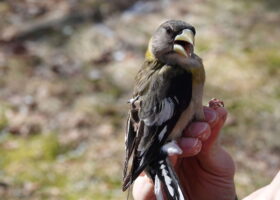
Why Are Evening Grosbeak Numbers Rising in the Northeast and Declining Everywhere Else?
Evening Grosbeaks have declined by about 90% in the last 50 years in most of the country. But in the Northeast, the population has been increasing. We hosted a team of researchers to tag these birds and find out why.
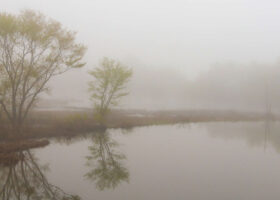
Field Guide to April 2025
It may be mud season in Vermont, but there are pops of color to be found if you know where to look! From small flowers on the forest floor to fluttering moths and spotted frogs calling from the ponds, there are so many beautiful reasons to get outside and muck around. So grab your raincoat and keep your eyes and ears open for April’s coming attractions.
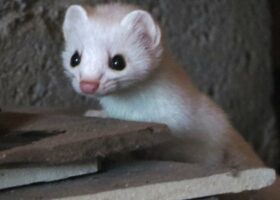
February 2025 Photo-observation of the Month
Congratulations to iNaturalist user @cgbb2004 for winning the February 2025 Photo-observation of the Month for the Vermont Atlas of Life on…
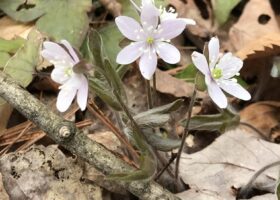
Field Guide to March 2025
March has arrived in classic New England spring fashion this year. With rapid shifts between blistering cold and warm rainy days, this month is reminiscent of its’ eponymous Roman god, Mars. Being named after the god of war, March is a month of battles between warm and cold, between winter’s refusal to leave and spring’s insistence on coming.
Follow this contest as it unfolds to an inevitable conclusion with these signs of spring.
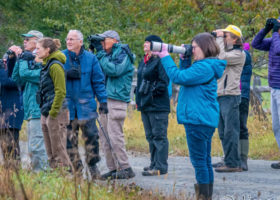
Lamoille Birders Win 14th Annual Vermont eBird County Quest
Vermont’s robust birding community took part in the 14th Vermont eBird County Quest in 2024. The annual year-long contest pits county versus county, birder against birder, all engaged in a friendly rivalry for top birding honors. The main idea behind the County Quest is simply to get people out birding, promote camaraderie, and better document bird life across the state using eBird Vermont. Lamoille County captured the gold medal for this first time in 2024.
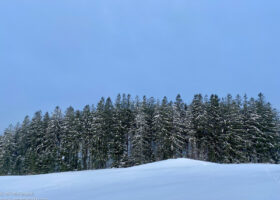
February 2025 Field Guide
This month, wildlife and the rest of us here in New England will cross a threshold – arbitrary yet not insignificant: 10 hours of daylight. So here’s a Field Guide to February to help get your hopes up, no matter what that Groundhog predicts.
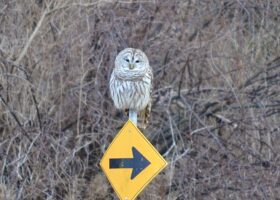
January 2025 Photo-observation of the Month
Congratulations to iNaturalist user @rebelgirl73 for winning the January 2025 Photo-observation of the Month for the Vermont Atlas of Life on iNaturalist! Her photo of a Barred Owl perched on a street sign received the most faves of any iNaturalist observation in Vermont during the past month.
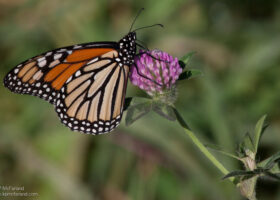
Vermont State Butterfly Proposed for Threatened Species Listing
For many Vermonters, Monarchs are a much-anticipated sign that summer is truly here. However, experts have long been growing concerned over declines in migratory Monarch populations. In December 2024, the U.S. Fish & Wildlife Service officially proposed to list the species as Threatened.
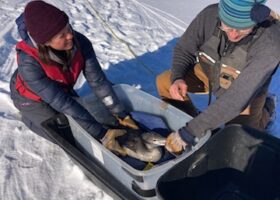
‘Tis the Season for Loon Rescues—On Ice!
In December, a loon chick was spotted in the open water of Berlin Pond, surrounded by ice. It had likely failed to migrate earlier due to an abundance of food on the 200 acre pond, and now it was trapped.

December 2024 Photo-observation of the Month
Congratulations to iNaturalist user darontansley for winning the November 2024 Photo-observation of the Month for the Vermont Atlas of Life on iNaturalist! Their photo of a Red-tailed Hawk (Buteo jamaicensis) with leucism perched upon a tree branch received the most faves of any iNaturalist observation in Vermont during the past month.
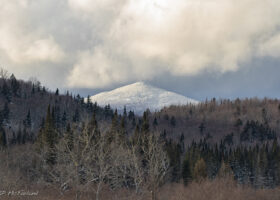
Field Guide to January 2025
Although the days are slowly growing longer, life in the Northeast now finds itself in the coldest depths of winter. January is about survival. Wildlife that doesn’t migrate adapts instead in order to make it to spring.
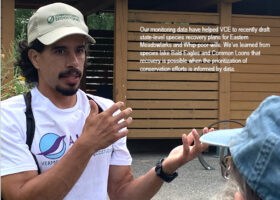
VCE’s Champions of Long-term Monitoring Count Up the Benefits to Conservation
How does monitoring contribute to conservation? We asked a few of VCE’s leading proponents of regular surveys, and they explained how long-term datasets contribute to every stage of the conservation process.
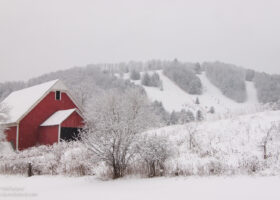
Field Guide to December 2024
As we move into this chilly month, you may find yourself wondering how wildlife adapts and survives each winter. Cozy up with our Field Guide to December and a warm cup of tea to learn how species face the cold-weather challenges ahead, and what they leave behind in the warmer months for you to find.

November 2024 Photo-observation of the Month
Congratulations to iNaturalist user darontansley for winning the November 2024 Photo-observation of the Month for the Vermont Atlas of Life on iNaturalist! Their photo of a Red-tailed Hawk (Buteo jamaicensis) with leucism perched upon a tree branch received the most faves of any iNaturalist observation in Vermont during the past month.
